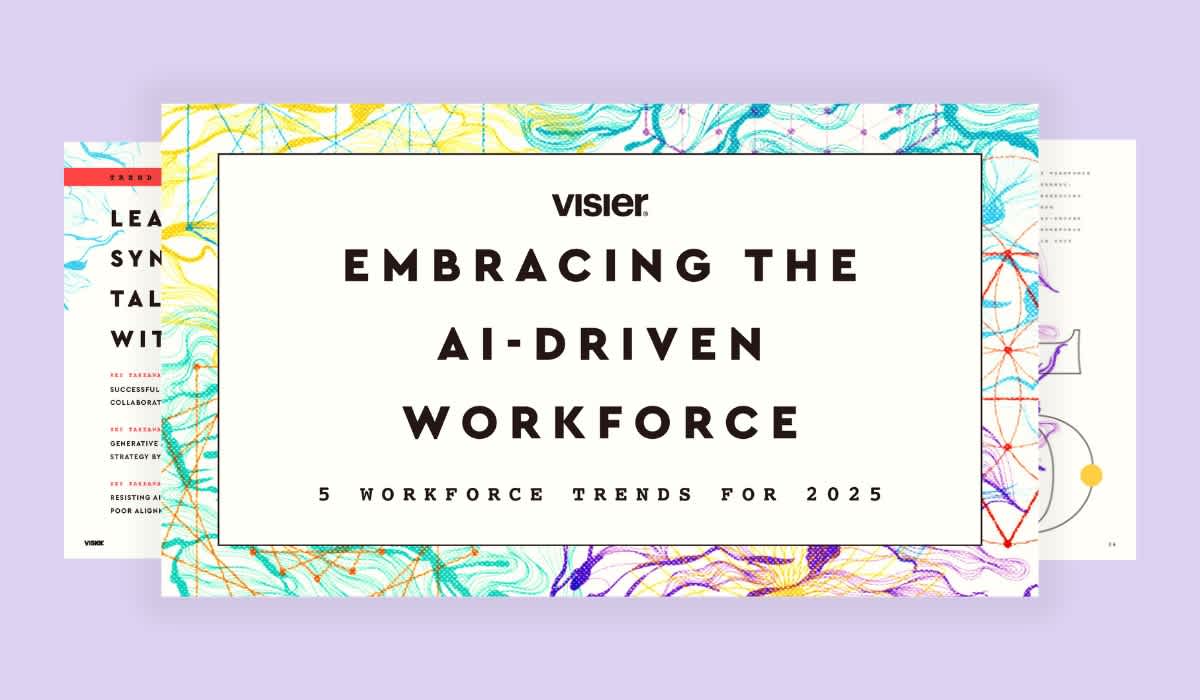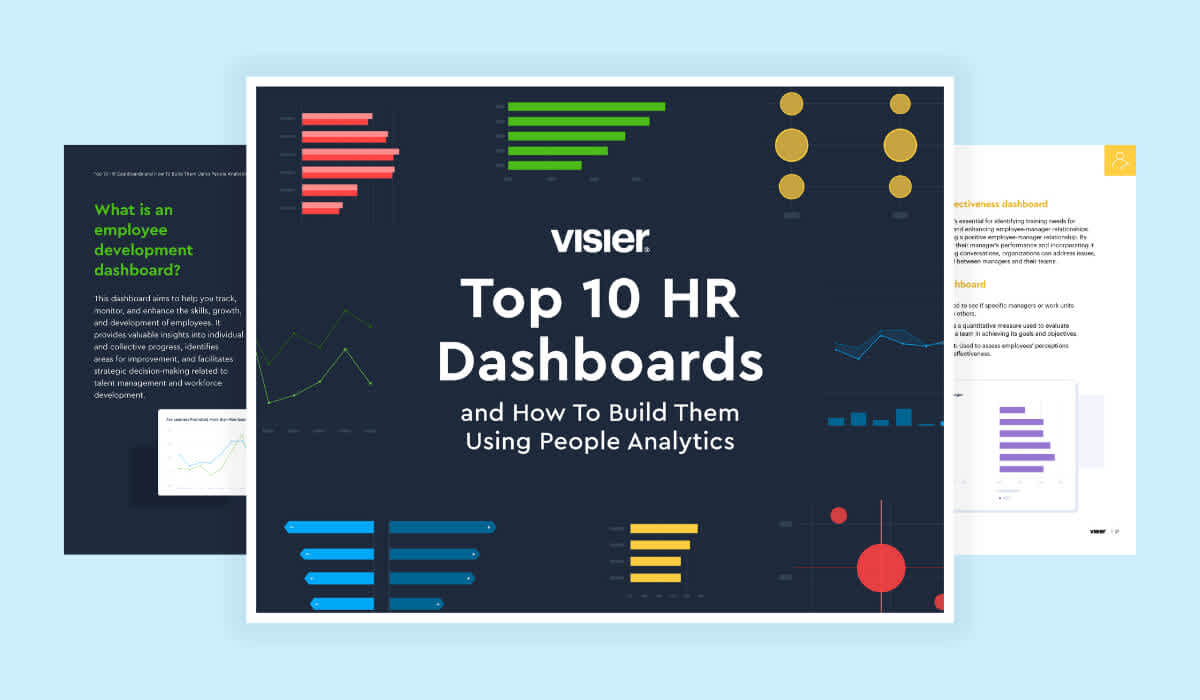What Is Representative Bias?
Representative bias occurs when we make judgments based on how people or situations match particular stereotypes. Learn more.

Representative bias, also known as the representativeness heuristic, occurs when we make judgments or decisions based on how people or situations match a particular prototype or stereotype. For instance, we might consider a current event or situation in light of how similar it is to a prior event or situation, relying on mental shortcuts and judgments.
What is an example of representative bias?
Representative bias often occurs based on preconceived notions of personal characteristics and attributes related to peoples’ appearances, attire, or personal habits.
For example, we may assume that someone who wears glasses and reads books is more likely to be an academic than someone dressed in the attire of a blue-collar worker. We may believe that someone with multiple tattoos is unlikely to have a conservative outlook on life—or, conversely, that someone whose personal style and attire appears conservative is unlikely to have a liberal outlook on life.
What are the implications of representative bias in the workplace?
Whether our impressions of others are positive or negative, representative bias can have significant implications in the workplace. This type of bias can influence decision-making, problem-solving, and risk assessment and may result in inaccurate conclusions and poor judgment.
For instance, we may decide to hire someone who exhibits positive traits or not to hire someone because we believe they exhibit negative traits based on our representative biases. This type of bias can occur at every stage along the employee lifecycle.
How can organizations minimize the impact of representative bias?
To minimize the impact of representative bias in the workplace organizations can take a number of actions, including:
Structured hiring processes designed to evaluate all candidates on the same criteria.
Diversity and inclusion training, including training on unconscious bias, to help recognize the potential for representative bias.
Efforts to foster a culture of open-mindedness and awareness.
Steps to encourage decision-making based on objective criteria and reliable data.
Technology can help with all of the above.
What role can technology play?
Technology can play a significant role in minimizing representative bias in the workplace. By relying on objective data in decision-making, organizational and HR leaders can help to minimize the impacts of representative bias.
For instance, using AI-powered screening tools during recruitment can help identify qualified candidates based on objective criteria and qualifications. Technology can also be used in evaluating employee performance based on specific job-related attributes and skills.
Technology can also drive evidence-based people decisions and can be used to help identify and mitigate potential biases in various workplace processes. For instance, natural language processing (NLP) algorithms can be used to analyze job descriptions or postings to identify biased language.
Of course, while technology can play an important role here, organizations must ensure that the technology itself doesn’t introduce bias, which has been the case for some companies.
Recognizing our potential for bias, as well as both the benefits and potential downfalls of technology, can help us ensure a workplace that is fair and equitable.


